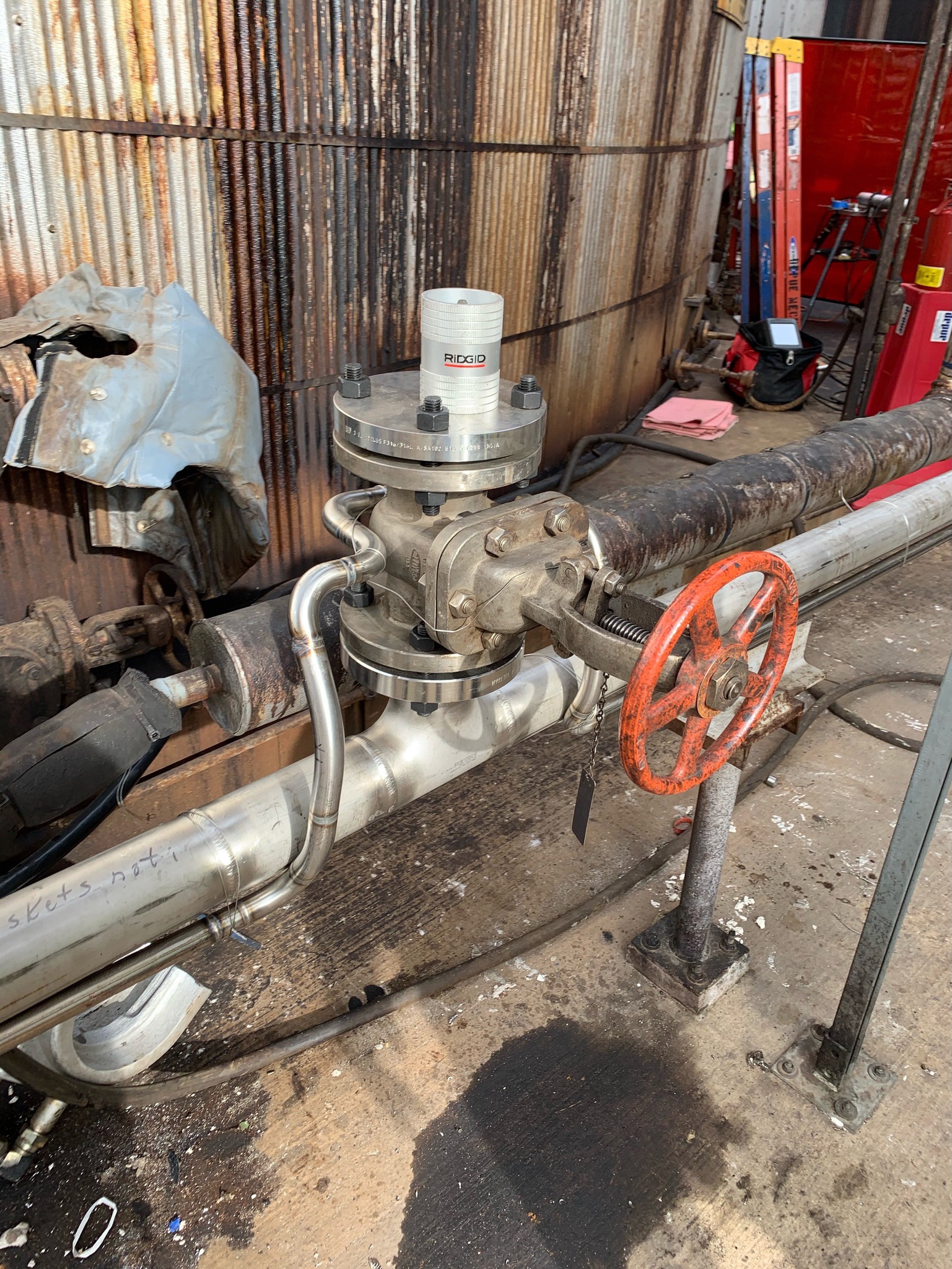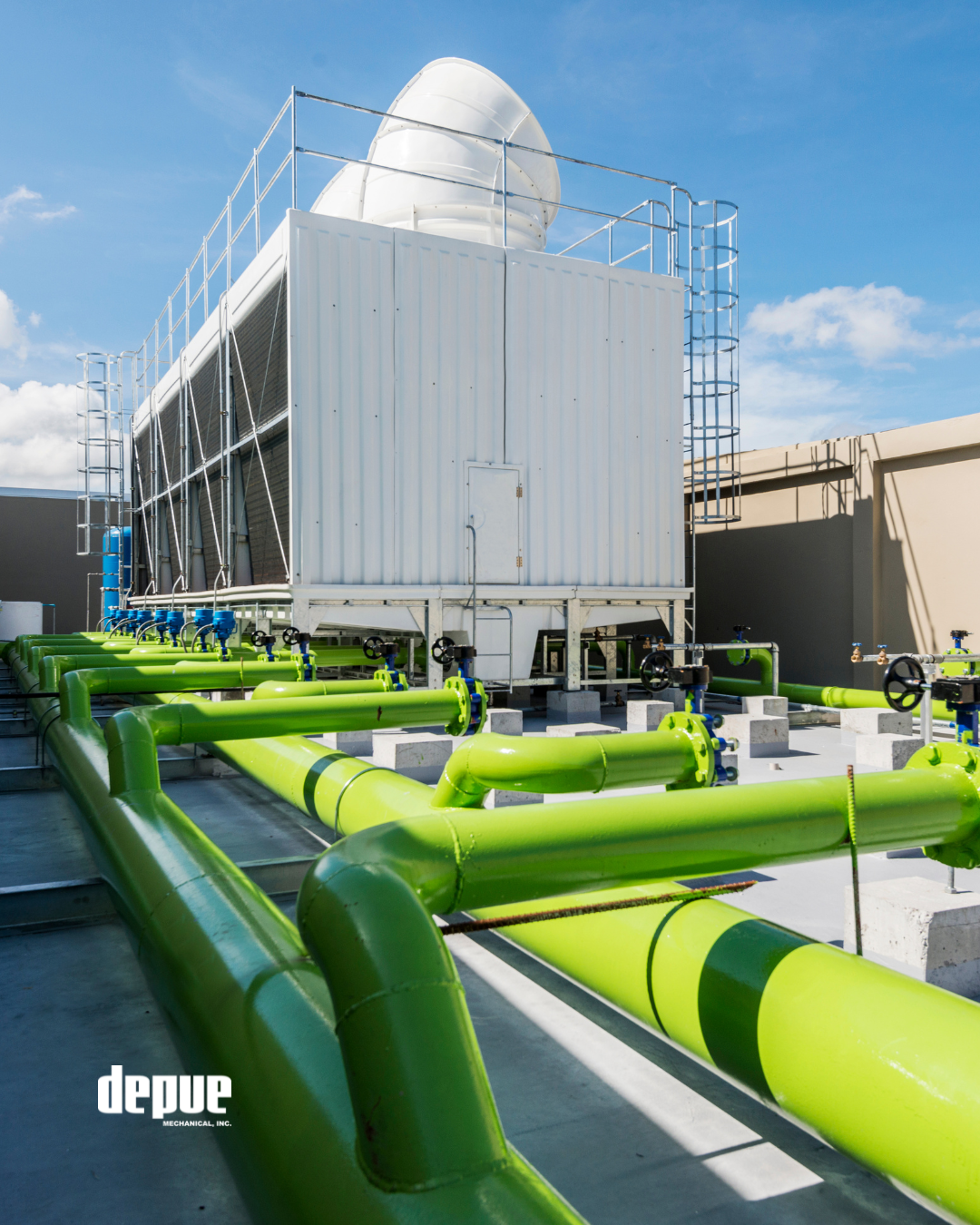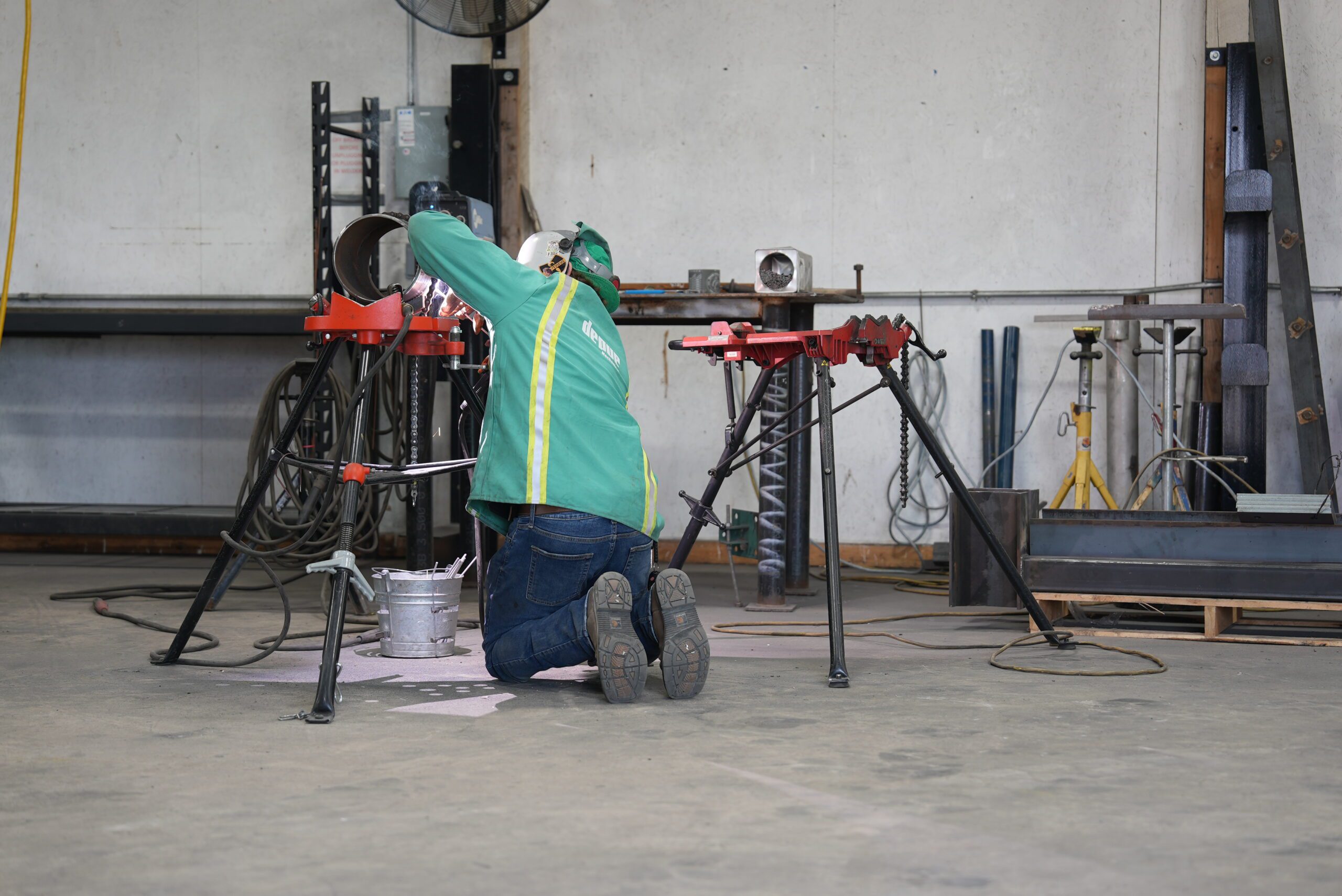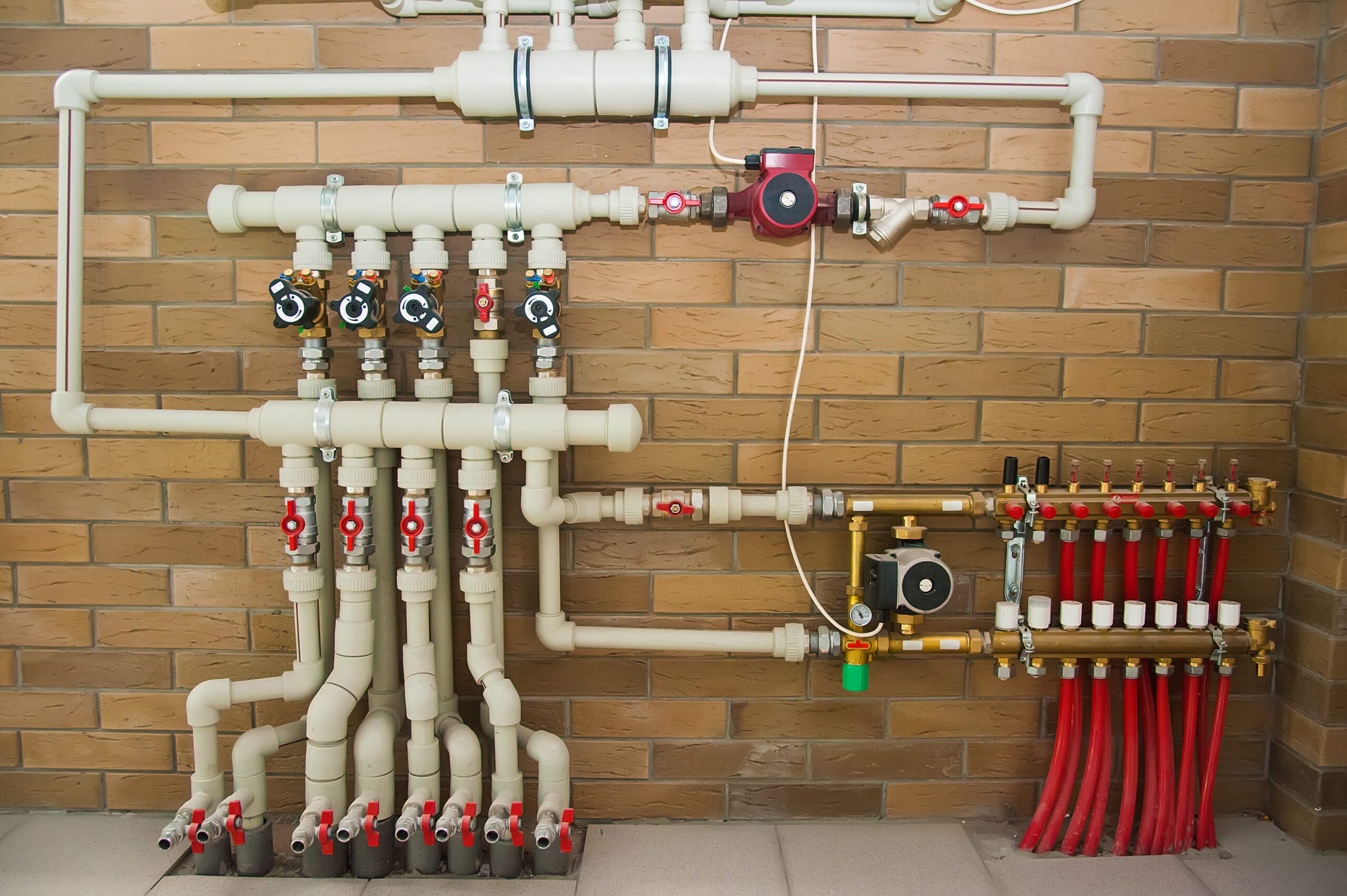At DePue Mechanical, we understand that choosing the right heat tracing system for your specific requirements can be a complex decision. With various options available, including electrical, thermal fluids, and steam heat tracing, it’s important to evaluate the advantages and disadvantages of each to make an informed choice. Let’s dive into the different types of heat tracing and explore which one may be the best fit for your needs.
Electrical Heat Tracing: Efficient and Flexible
Electric heat tracing systems utilize electric power to generate heat and transfer it to pipes and their contained fluid. One significant advantage of electrical heat tracing is its flexibility in installation and operation. With the majority of commercial electric heat tracing systems being resistive type cables placed on the pipe, they allow for precise temperature control and efficient energy utilization.
One popular option in electric heat tracing is self-regulating heaters. These heaters have built-in temperature sensitivity, ensuring that they won’t overheat and cause damage. They can be cut to desired lengths and easily field-installed, providing operational reliability and cost-effectiveness. However, it’s important to note that the upper temperature limits of self-regulating tracers should be considered when selecting them for specific applications.
Advantages of Electrical Heat Tracing:
- Precise temperature control
- Efficient energy utilization
- Easy installation and maintenance
- Enhanced safety features
Thermal Fluid Heat Tracing: Versatile and Reliable
Thermal fluid heat tracing systems rely on heating media at elevated temperatures to transfer heat to the pipeline. These systems typically use an organic heat-transfer fluid or steam contained in tubes or small pipes attached to the traced pipe.
Steam heat tracing offers several advantages, such as its high latent heat capacity, making it efficient and effective for long piping runs. Additionally, steam tracing systems require fewer control points, reducing complexity and maintenance demands. However, steam heat tracing may not be suitable for applications with lower temperature requirements, as it requires higher energy input compared to other heat tracing methods.
Thermal fluid heat tracing, on the other hand, offers versatility in terms of temperature requirements and can be customized for various applications. It is especially suitable for low-temperature applications where precise temperature control is crucial. However, it’s important to consider the compatibility of the thermal fluids used with the pipe material and the specific process requirements.
Advantages of Thermal Fluid Heat Tracing:
- Versatility in temperature requirements
- Customizable for different applications
- Precise temperature control
- Enhanced efficiency for long piping runs
Steam Heat Tracing: Reliable and Cost-Effective
Steam heat tracing involves using steam to heat the traced pipe. It is a reliable and cost-effective solution, particularly for large-scale, long-distance applications. Steam tracing can maintain higher temperatures over significant distances and is well-suited for applications where freezing prevention is a primary concern.
Advantages of Steam Heat Tracing:
- Effective for long-distance applications
- Maintains higher temperatures over extended distances
- Reliable freeze protection
Making the Right Choice
When it comes to selecting the right heat tracing system, factors such as temperature requirements, pipe material compatibility, energy efficiency, and maintenance considerations play vital roles. At DePue Mechanical, we have extensive knowledge and experience in assisting our clients in finding the optimal heat tracing solution tailored to their needs.
Contact us today to discuss your specific heat tracing requirements and let our experts guide you towards the most suitable system. We are dedicated to delivering reliable, efficient, and cost-effective solutions for all your mechanical needs.
Don’t take our word for it. Check out this project for hot oil heat tracing.



